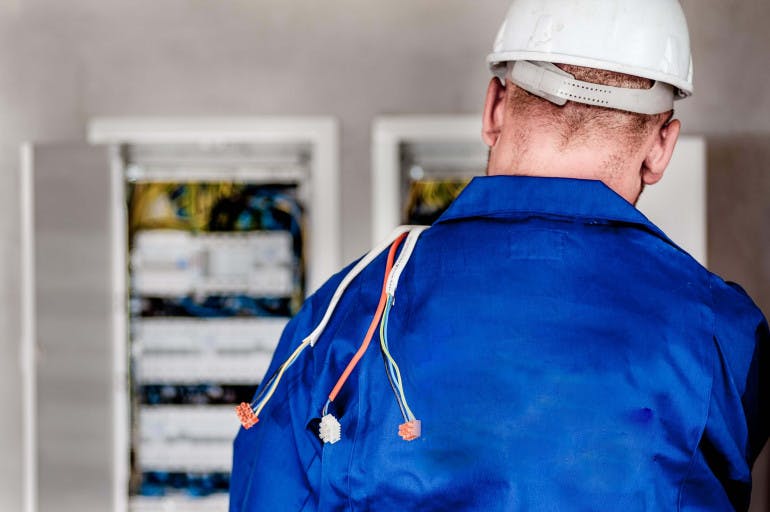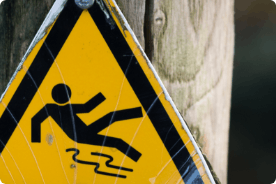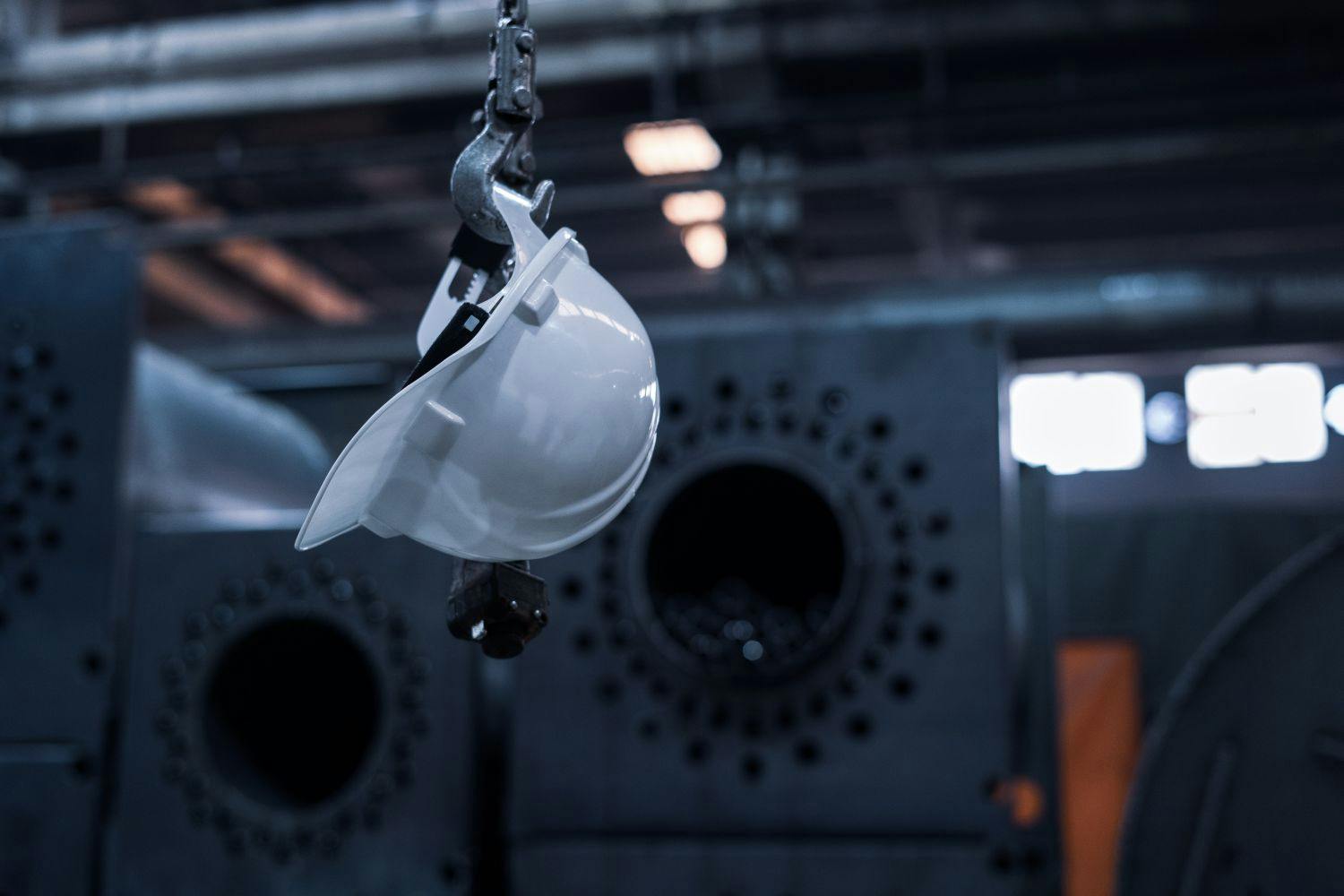First published on Friday, Jul 24, 2020
Last updated on Friday, Mar 15, 2024
The coronavirus pandemic has led to many more businesses trying out homeworking for the first time.
However, remote work isn’t a case of sending your staff off home and leaving them to it.
There are health & safety requirements you need to keep in mind.
Before we get to those, don’t forget we have a coronavirus resource hub packed with information about how the pandemic affects your business.
But you can read this guide for a look into the procedures and policies you need—we explain everything you need to know to remain compliant with UK laws.
Your health & safety responsibilities
Okay, some (or all) of your employees may be working from home. But this doesn’t mean you can leave them to their own devices.
Lockdown may be lifting, but you may need to keep some staff at home—or send more back remote working if the circumstances require it.
The employer’s duty of care for home working employees remains the same as when they’re on your business premises. With the Health & Safety at Work etc. Act 1974 (this is for the UK only, however, and not Northern Ireland) it’s your duty to protect the following:
- Health.
- Safety.
- Welfare.
So when working from home, employer’s responsibilities include the general protection of employee’s health & safety.
And the Management of Health and Safety at Work Regulations 1999 states you must perform a risk assessment to identify any hazards your homeworkers face. This should identify:
- Any risks the employee faces in their homeworking environment.
- The steps you’ll take to remove or minimise the hazards.
- Whether the staff members have the right equipment to complete their role.
If the individual’s working environment is safe regarding:
- Ventilation.
- Temperature.
- Lighting.
- Space.
- A safe and suitable workstation.
You can talk directly to your staff about ways to improve their situation. And offer support where necessary.
It may help if you provide employees with a homeworking questionnaire. They can complete this with details of any health & safety concerns.
Common risks of employees working from home
Although it may seem staff will remain safe and sound at home, staff still face health & safety risks—many they’d normally come up against on your premises.
Here are a few examples:
- When manual handling objects.
- With lone workers (there’s more on this further below).
- Using work equipment.
- Slipping, tripping, or falling.
- Anxiety and depression.
- Stress.
This is why it’s important to perform a risk assessment, as it helps to identify potential issues and address them before the employees start working.
Working from home during coronavirus lockdown—employer responsibilities
With the pandemic, the guidelines for England is for employees to work remotely—where possible.
This creates a problem, as (because of social distancing at work and in public) you can’t head over to your employee’s location to inspect their workstation.
So, how do you get around that? Well, you can look to:
- Ask employees if they feel they can complete their role at home safely.
- Make sure they have the correct equipment to complete their job.
- Have managers regularly keep in touch to make sure they’re okay—and not feeling any mental health issues, such as anxiety or depression because of isolation.
- Make “reasonable” adjustments where you can for any employee disability. Or for a staff member with any condition.
- Keep in contact with their manager.
- Ask about health & safety concerns they have.
- Discuss any changes to their homeworking environment they feel are necessary.
Since June 20th 2014, work from home employee rights have included the right to request working flexibility. That can include remote working.
Why the right equipment is so important
An employee’s display screen equipment at home must allow them to complete their job productively—without any health & safety issues.
DSE is anything with an alphanumeric or graphic display. Basically, anything like a computer, laptop, touch-screen device, desktop computer, and monitor.
For most employees, this is usually about working on a computer—or laptop.
The use of DSE at home is the same as when in an office environment. The Health & Safety (Display Screen Equipment) Regulations govern the correct use.
Whether at home or in the office, carry out a DSE assessment. The workstation should be suitable at home or in the office if the person is deemed to be a DSE user.
But, as a reminder, you can provide details to them anyway. And you should point out:
- The correct posture, and use of computer equipment, to avoid back, neck, and shoulder pain.
- Advice on taking breaks to limit the chance of RSI (repetitive strain injury).
- How to adjust screens to stop eye strain and eye fatigue.
- Ensuring the employee has a keyboard that suits them.
- Ensuring they have a suitable seat for their workstation.
Staff can’t simply sit staring at a screen all day typing without taking a break—it isn’t good for their mental or physical wellbeing.
So, you should look to provide regular breaks (for example, a five-minute break once every hour) to allow them to spend time away from their screen.
Managing stress and mental health for homeworking staff
Although many employees may consider remote working as a dream come true, the reality isn’t always as perfect as they may think.
When staff start working from home, they’re cut off from the normal communication and support structures you have at your premises.
In time, some staff may find the experience lonely and isolating—that can lead to feelings of anxiety, depression, and stress.
However, particularly during the coronavirus pandemic, the sudden change can be a major shock to the system.
This isn’t always the case, but it’s good business practice to ensure your employees are aware of this possibility. So, you can provide them with educational materials reminding them of the potential for it to happen.
You can also take the following steps to support employee wellbeing while working from home:
- Offer mental health support: Even if you don’t have an employee assistance programme, you can still refer staff onto local NHS and assistance services they can turn to for advice.
- Provide technical support: If staff hit any tech issues with their equipment, having a readily available support line can take the stress out of any unexpected problems.
- Communicate: Get in touch regularly for meetings and 1-1s. You can use videoconferencing and email to make sure everything is as streamlined as possible. But keeping in touch with remote workers is important, so they feel part of a team.
A bit about lone working from home
This situation is a bit different to homeworkers, as these employees complete their job in isolation.
Lone working without supervision brings with it various health & safety issues you should keep an eye on. These staff members are at greater risk due to the nature of their role.
You should look to contact them regularly so you have an understanding of their situation. Ask them if their safe and well.
They may require a lone working alarm/monitoring system or security check-ins.








